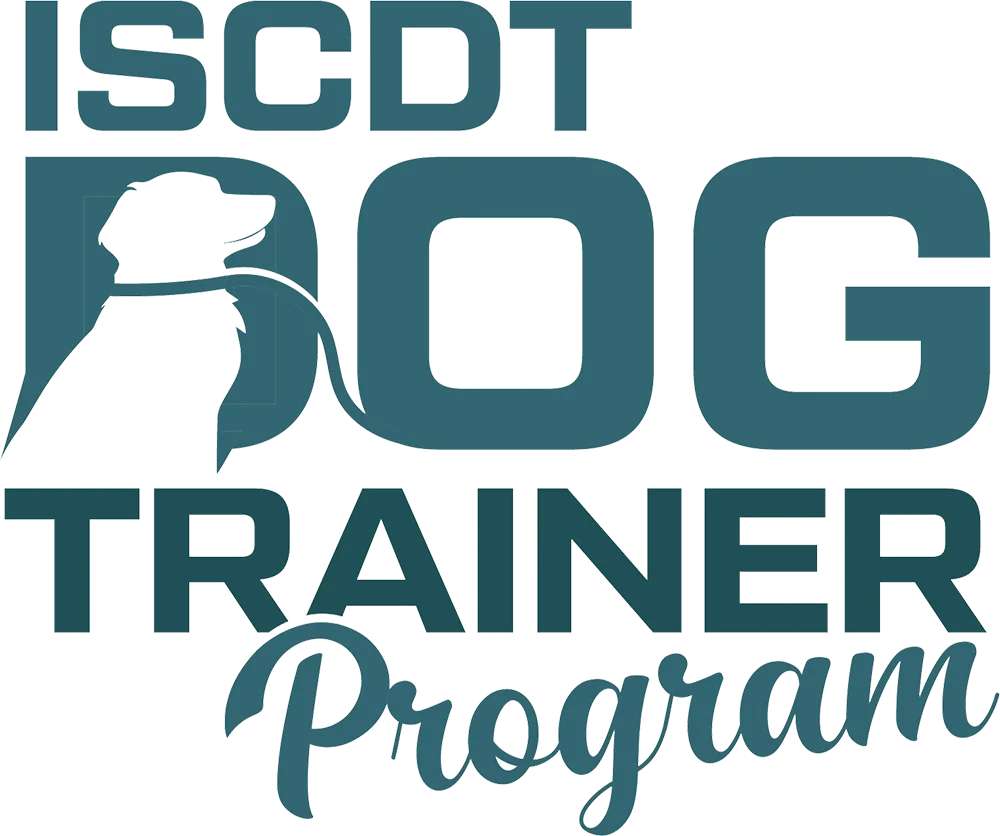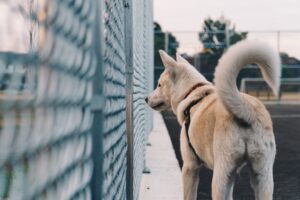In recent months an increasing number of people have grabbed their dog’s tail in my presence. It happens when owners try to control their dogs. They grab the tail to stop the dog from bolting out the door and to prevent the dog from walking away from them. On one occasion I saw a child stretched out on the floor, reaching for the dog’s tail as the dog passed him. The child wanted the dog to pull him across the room on his belly. Pulling a dog’s tail causes damage.
Reading the opening paragraphs probably made your stomach churn. It is even worse witnessing it. Therefore, I felt compelled to provide information on the consequences of pulling your dog’s tail.
The most obvious consequence is the likelihood of getting bit. It may not happen the first time or the tenth time, but you will get bit if you continue pulling the dog’s tail.
Did you know that pulling a dog’s tail can cause serious injury to the dog?
A dog’s tail is an extension of the spine. It is made up of vertebrae, muscles and nerves. According to VCA Hospitals, “Avulsion injuries are caused when the tail is pulled. Doing so strenuously stretches or tears nerves. In addition, breaks near the base of the tail may sever nerves”.
Damaged tails affect the bowels
Pulling a dog’s tail can damage nerves higher in the spine that control urination and defecation. These damaged nerves cause your dog to lose control over their bowels. While the nerve damage can heal, there are instances where damaged nerves leave dog permanently incontinent.
Prohibit Communication
Dog trainers educate their clients on canine communication. Dogs speak to us through calming signals and body language. Ask a dog owner the most common way a dog communicates and they will say through the tail. The tail communicates when dogs are happy, frightened and even when they calm a stressful situation. Damaged nerves and muscles in the tail causes the tail to go limp, thereby preventing dogs from communicating with humans and other dogs.
Affect balance
A tail that no longer works properly will affect a dog’s balance when they climb, jump, walk on uneven surfaces and when navigating tight spaces.
If you control your dog by pulling the tail, I hope after reading this blog, you will seek alternate ways of managing your dog.
If your dog does not follow verbal directions, it is best to hire a professional dog trainer to help with obedience training. Throughout the training, your dog should drag a short leash. Holding the short leash when you open the front door can prevent the dog from running past you. A short leash will aid in the prevention of jumping and counter surfing. Gentle guidance will encourage the dog to walk with you. This option is a better alternative to grabbing the dog by the tail or the collar.
Note: A short leash should not touch the floor and should never be left on a dog who is crated or left unattended. The leash should only be used when you are present.
Have you witnessed anyone handling a dog in a manner that causes the dog pain or discomfort? If so, please tell us about it. When we educate people on properly handling dogs, we improve their relationship.



